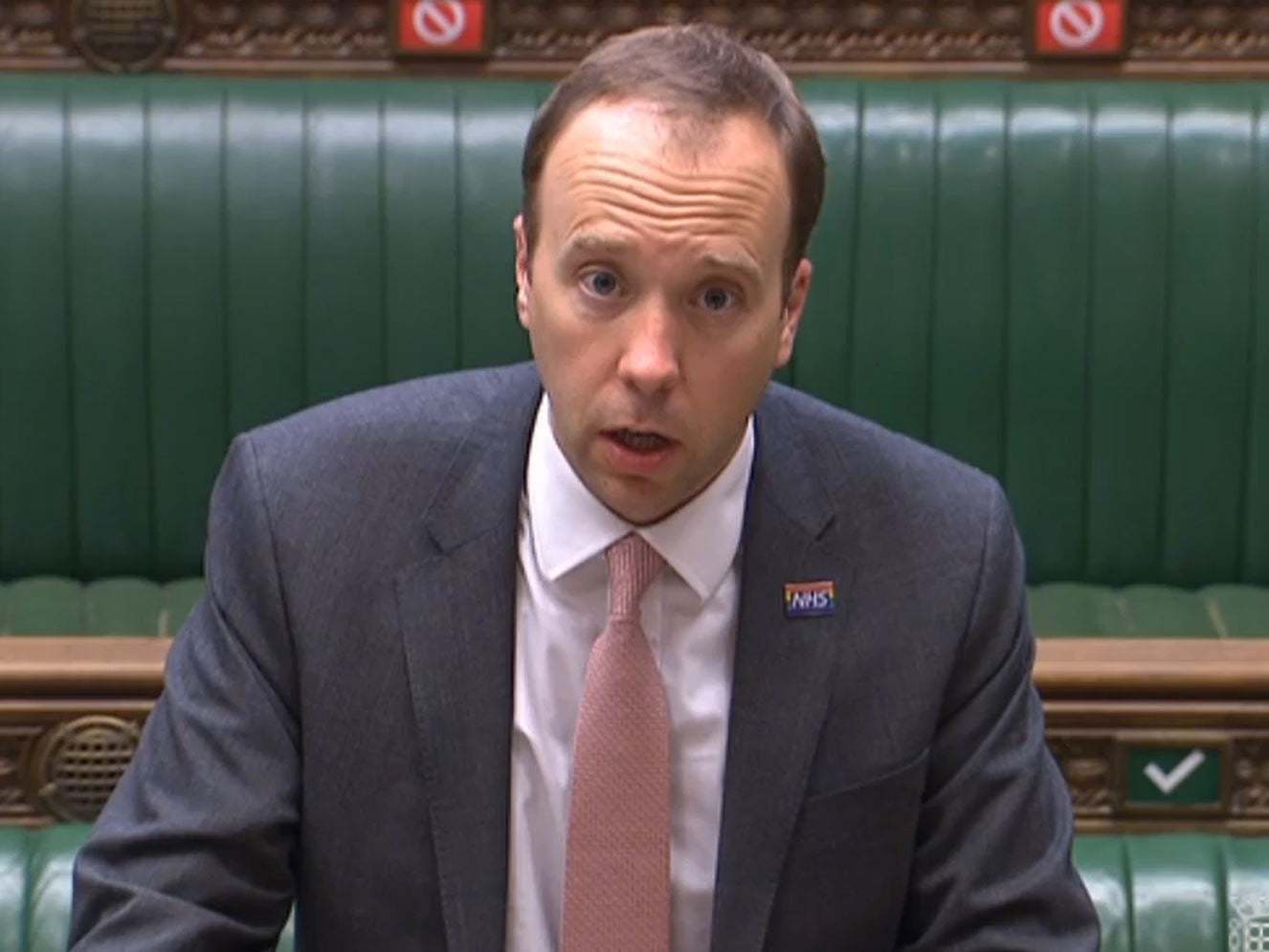Serious mistakes were made in the treatment of the social care sector. But who will fix them?
Editorial: With no one politically responsible, with chronic underfunding and a society that would prefer the vulnerable to remain out of sight, it was unsurprising that the care sector should carry such a heavy burden

It is difficult to argue with the conclusions of the latest parliamentary inquiry into the government’s response to the coronavirus emergency. The Commons Public Accounts Committee has concluded that ministers had a “slow, inconsistent and at times negligent approach” to the social care sector as the pandemic emerged.
The MPs’ lengthy, detailed catalogue of failures in care homes is already familiar: failure to protect staff by providing adequate personal protective equipment; a lack of timely testing, leading to increased stress and absence; and, most grievously, the “appalling error” made when 25,000 patients were discharged from hospitals into care homes without ensuring all were first tested for Covid-19 – even after there was clear evidence of asymptomatic transmission of the virus.
The report refutes, in the most definitive manner, official claims that, in the words of Matt Hancock in May, “right from the start we’ve tried to throw a protective ring around our care homes. We set out our first advice in February ... we’ve made sure care homes have the resources they need.”
Nor is this report a pure product of that most magical of gifts: hindsight. The phenomenon of asymptomatic transmission was understood when mistakes were made. More broadly, it was apparent from the earliest stages of the pandemic that the virus was highly infectious and that it affected older much more than younger people. Those two undisputed factors should have made the protection of older people in care homes an urgent priority. It was obvious even then. That did not happen, and it is right to ask why.
Part of the answer lies in the imperative in February and March to clear NHS hospitals of non-urgent cases and make as many beds as possible ready for the expected wave of Covid-19 patients. The effort was successful and understandable in the circumstances, but it was done with insufficient care. Older patients were discharged to continue their convalescence in care homes. In normal times there are no great risks attached to this standard practice; in the time of coronavirus it led to horrific and predictable consequences. The Public Health England protocol of the time, to test all in a care home after two cases were reported, was evidently inadequate. Of course, it could be argued, or admitted, that the reason why community testing, testing at airports, and testing in prisons and care homes were all abandoned or inadequate by mid-March was that there were simply not enough testing kits or lab capacity available – and not because testing was an inappropriate response, as was argued at the time. The question of why there was a lack of testing equipment and facilities is for another time, but it is a settled fact.
The PAC is also right to point to lack of clear lines of ministerial responsibility for social care, a situation that was not resolved simply by rearranging the bureaucracy and renaming the health department as the Department of Health and Social Care. The long-standing neglect of the care sector would not be tolerated in any other public service, whether the private sector is involved or not. Britain’s defences, schools and hospitals would not be allowed to make do for decades with no basic long-term basis for their funding – general taxation. After many painstaking enquiries into funding long-term care and manifesto pledges, there remains no consensus about who pays for long-term care. Boris Johnson is only the latest prime minister to turn up promising to “fix” the system but with no plan.
With no one politically responsible and in charge, with chronic underfunding and a society that would prefer the vulnerable to remain out of sight and out of mind, it was perhaps unsurprising that those in the care sector, patients and staff, should carry such a disproportionately heavy burden. Yet there was nothing inevitable about the excess death rates in care homes. Mistakes were made.
Join our commenting forum
Join thought-provoking conversations, follow other Independent readers and see their replies
Comments